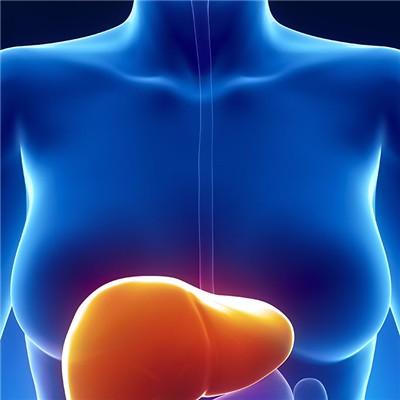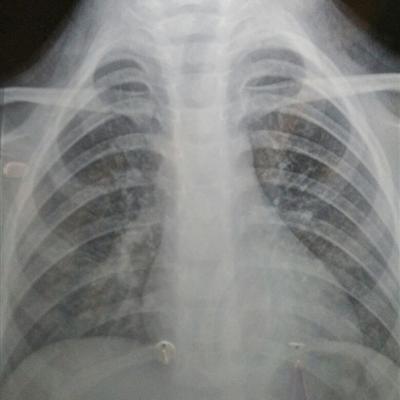Symptoms of CMV jaundice
summary
Neonatal Cytomegalovirus infection is a systemic infection syndrome caused by human cytomegalovirus (HCMV). Because the typical change of the infected cells is that the cells become larger and inclusion bodies appear in the nucleus and cytoplasm, the disease is also known as giant cell inclusion body disease (CID), which is also one of the important causes of congenital malformation. Neonatal jaundice may be physiological or pathological. If it is physiological jaundice, it can disappear without special treatment. Pathological jaundice is caused by disease, which makes the metabolism of bilirubin abnormal. It occurs in a specific period of the newborn, which makes the physiological jaundice significantly worse, and is easy to be confused with physiological jaundice. Tell us about the symptoms of CMV jaundice.
Symptoms of CMV jaundice
1. Congenital infection. In addition to abortion and stillbirth, about 5% of live infants show typical systemic CID, that is, multiple system and multiple organ involvement. Another 5% showed atypical clinical manifestations, and the other 90% showed subclinical manifestations. Neonatal CID is characterized by monocyte macrophage system and central nervous system invasion, such as small for gestational age, microcephaly, jaundice, hepatosplenomegaly, skin ecchymosis, hydrocephalus, brain tissue calcification, etc. Some studies have found that the damage to fetal nervous system caused by primary infection of HCMV in early pregnancy is more serious than that caused by recurrent infection and secondary infection in middle and late pregnancy.
2. Perinatal infection is mainly through the birth tract infection or cervical retrograde infection and postpartum breast feeding infection. Most of them have no infection symptoms at birth, and most of them are subclinical type after 2-4 months. The main symptoms of perinatal infection are respiratory tract and digestive tract symptoms, such as irritating cough (like a hundred day cough), shortness of breath, cyanosis, interstitial pneumonia, jaundice, hepatosplenomegaly, jaundice Thrombocytopenic purpura, the mortality of this disease can reach 30%, pneumonia combined with respiratory failure is the main direct cause of death.
3. The identification of other pathological jaundice, infectious encephalopathy and meningoencephalitis mainly depends on the results of laboratory examination.
matters needing attention
Even if the treatment is effective, it will inevitably leave sequelae, so prevention is particularly important. In view of the wide range of infectious sources, most of which are recessive, the complex and difficult to control transmission routes, and the widespread susceptibility, the focus of preventive measures is to develop vaccines.














